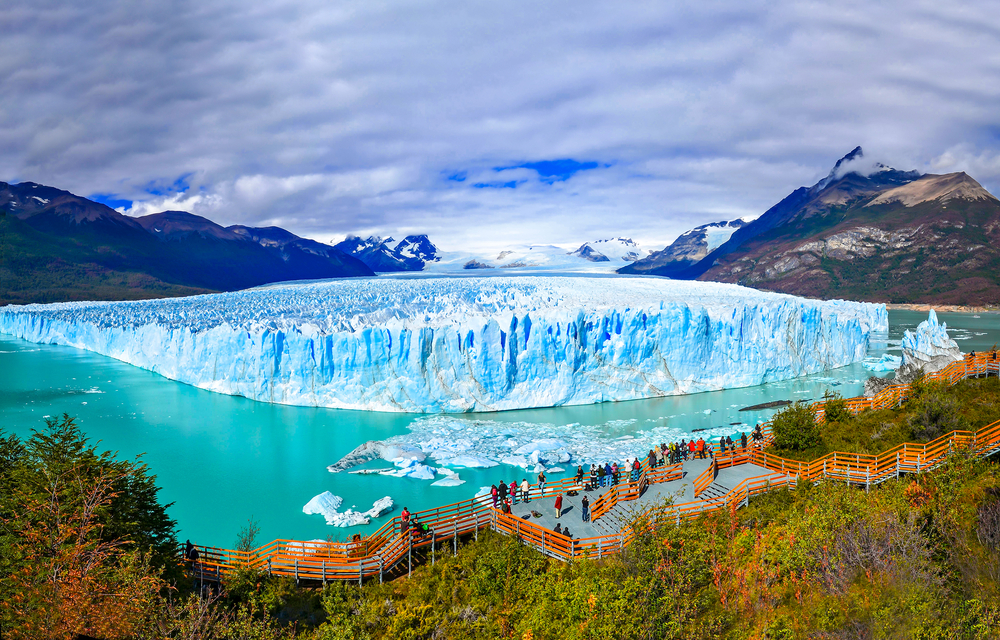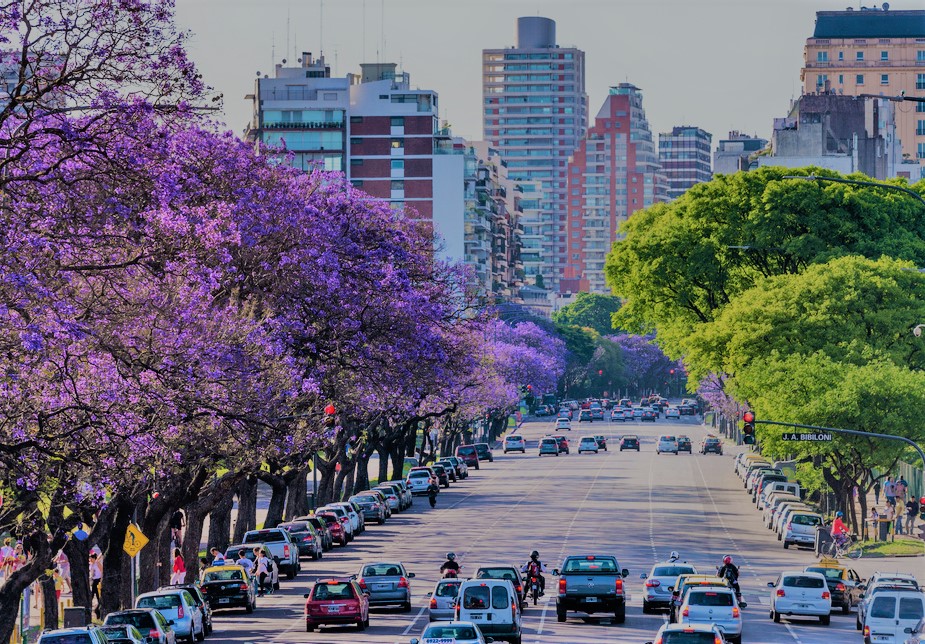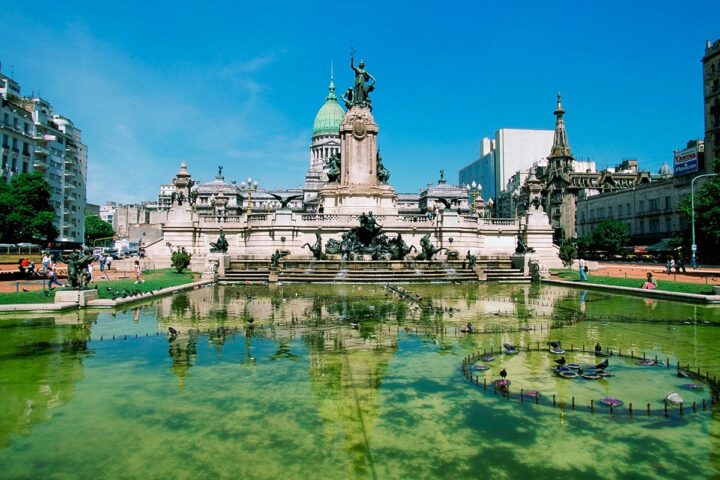Introduction to Weather and Climate in Argentina
Argentina’s geographical expanse from the subtropical north to the subantarctic south gives rise to varied climates, influenced by factors like altitude, ocean currents, and wind patterns. Understanding Argentina’s climate helps appreciate its environmental diversity and economic activities.
Climate Zones in Argentina
Argentina can be divided into several climate zones
- Subtropical: Found in the northern regions, characterized by hot, humid summers and mild winters.
- Temperate: Central Argentina experiences four distinct seasons with moderate temperatures.
- Arid: The western regions, including parts of Patagonia, are semi-arid with low precipitation.
- Subantarctic: Southern Patagonia and Tierra del Fuego have cold, windy climates with significant precipitation.
Seasonal Variations
Argentina experiences seasonal variations typical of the Southern Hemisphere
- Summer (December to February): Hot in the north, mild to warm in central regions, and cooler in the south.
- Autumn (March to May): Mild temperatures with colorful foliage in southern regions.
- Winter (June to August): Cold in the south and milder in central areas, with occasional snowfall in Patagonia.
- Spring (September to November): Mild temperatures, blooming flowers, and increasing precipitation in some regions.
Natural Phenomena
Argentina is known for several natural phenomena
- Pampas Thunderstorms: Common in the Pampas region during summer, characterized by intense lightning and heavy rainfall.
- Patagonian Winds: Strong winds, known as the “Sudestada” or “Zonda,” affect Patagonia and western Argentina, influencing local weather patterns.
- Southern Lights: Aurora Australis can be observed in southern Patagonia during certain periods of the year.
Fun and Interesting Facts about Argentina’s Weather
- Argentina’s highest recorded temperature was 48.9°C (120°F) in Rivadavia in 1905.
- Ushuaia, located in Tierra del Fuego, is often referred to as the “End of the World” due to its southernmost location.
- The Andes Mountains act as a barrier, influencing rainfall patterns on both sides of the country.
Frequently Asked Questions about Weather and Climate in Argentina
When is the best time to visit Argentina?
The best time to visit Argentina depends on the region and activities planned. Generally, spring (September to November) and autumn (March to May) offer pleasant weather across most of the country.
Does Argentina experience hurricanes or typhoons?
No, Argentina does not experience hurricanes or typhoons. However, it can experience severe thunderstorms and occasional tornadoes in certain regions.
What is the climate like in Buenos Aires?
Buenos Aires has a temperate climate with hot, humid summers and mild winters. It experiences four distinct seasons, making it a year-round destination for visitors.
What climate zone is Argentina in?
Argentina spans multiple climate zones due to its vast geography, including subtropical in the north, temperate in central regions, arid in the west, and subantarctic in the south.
What are the weather issues in Argentina?
Weather issues in Argentina include periodic droughts, floods, severe thunderstorms, and occasional tornadoes, particularly in the central and northern regions.
What causes climate change in Argentina?
Climate change in Argentina is primarily attributed to global factors such as greenhouse gas emissions, deforestation, and changes in ocean currents, impacting weather patterns and temperature trends nationwide.
What is the coldest city in Argentina?
Ushuaia, located in Tierra del Fuego, is considered the coldest city in Argentina due to its subantarctic climate, with cold temperatures and significant snowfall during winter.
How many seasons are there in Argentina?
Argentina generally experiences four seasons: summer (December to February), autumn (March to May), winter (June to August), and spring (September to November), each offering distinct weather patterns across the country.
Is Argentina mostly hot or cold?
Argentina’s climate varies widely by region, but overall, it is a mix of hot and cold climates. The northern regions are typically hot and humid, while southern Patagonia experiences colder temperatures year-round.
What is Argentina’s maximum temperature?
The highest recorded temperature in Argentina was 48.9°C (120°F) in Rivadavia in 1905, although temperatures regularly reach high levels during the summer months in northern and central areas.
Is there snowfall in Argentina?
Yes, snowfall occurs in Argentina, particularly in the Andes Mountains and southern Patagonia during the winter months. Ski resorts in regions like Bariloche and Ushuaia attract winter sports enthusiasts from around the world.
- Cities And Towns In Manitowoc County, Wisconsin - September 12, 2024
- Cities And Towns In Marion County, Arkansas - September 12, 2024
- Cities And Towns In Lafayette County, Arkansas - September 11, 2024









